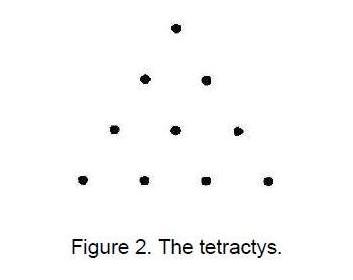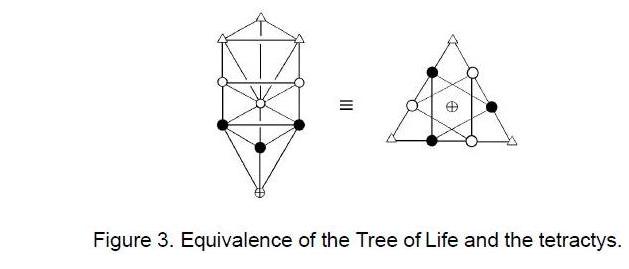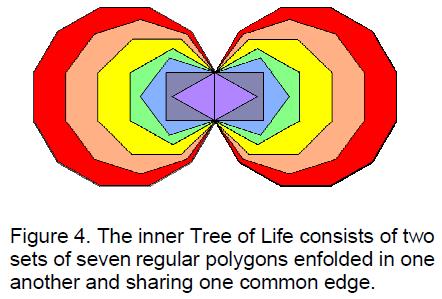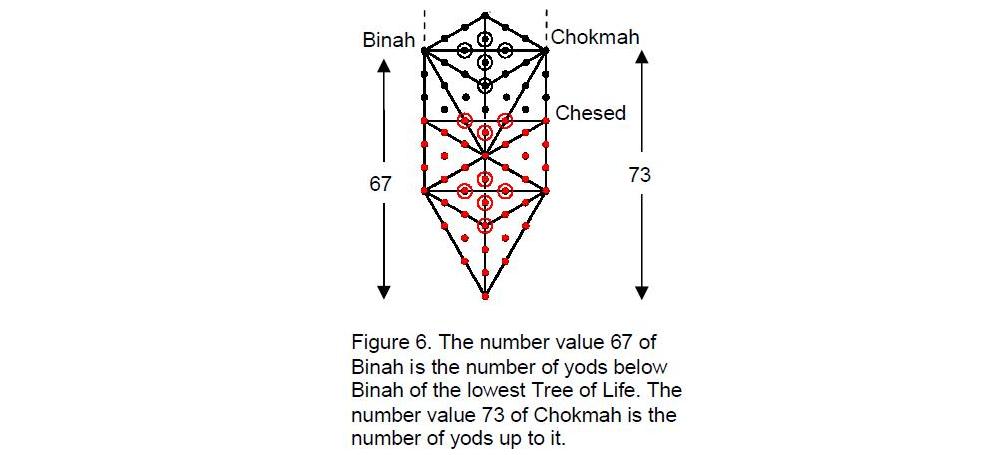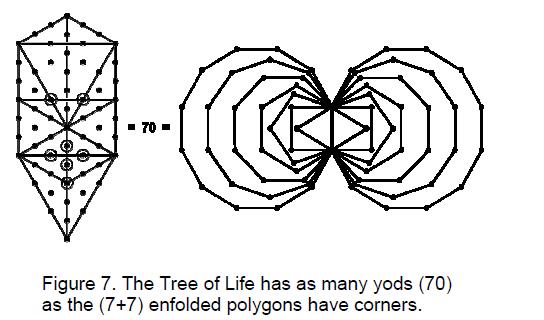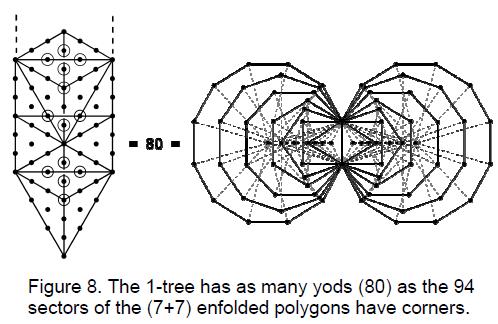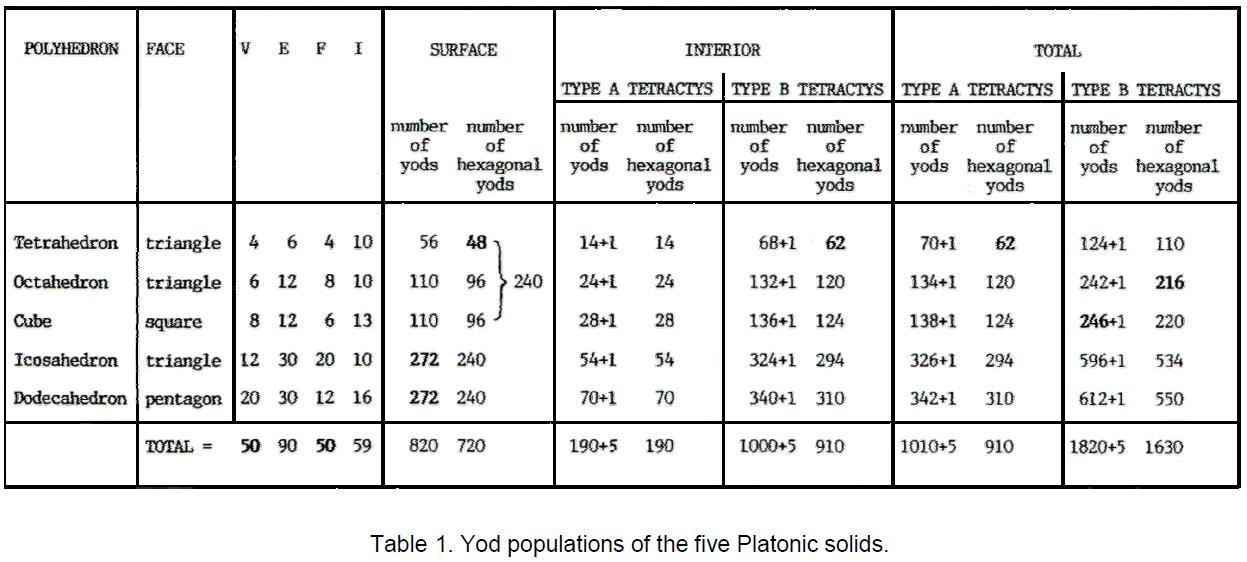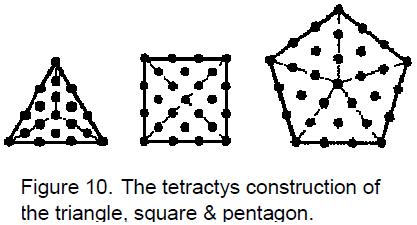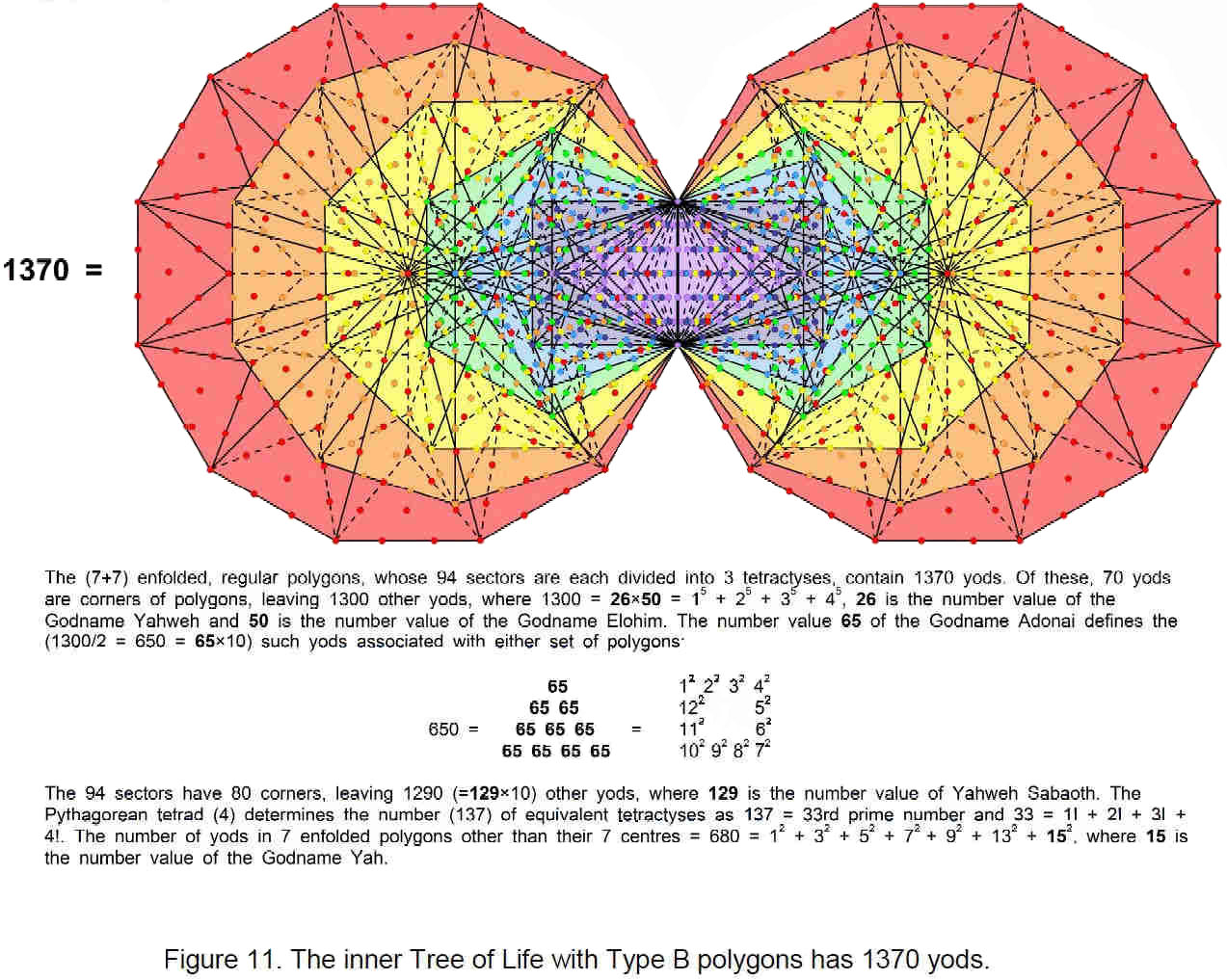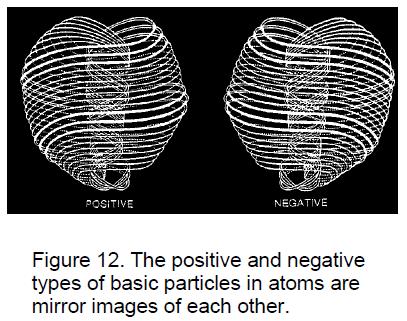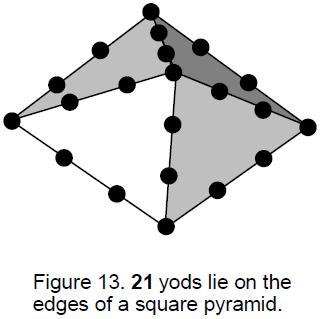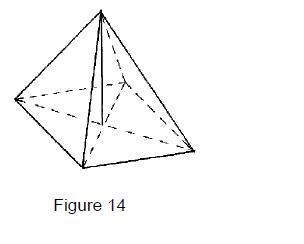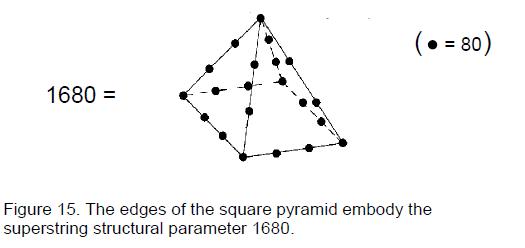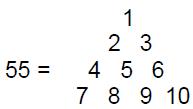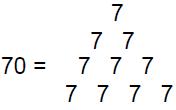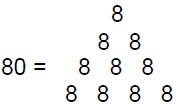ARTICLE 3
The Sacred Geometry of the Platonic Solids
by
Stephen M. Phillips
Flat 4, Oakwood House, 117-119 West Hill Road. Bournemouth. Dorset BH2 5PH. England.
Website: http://www.smphillips.mysite.com
“Geometry is the knowledge of the eternally existent.”
Plato, Republic
1. Introduction
What is ‘sacred geometry’? Whether it refers to Stonehenge, the Egyptian pyramids, Gothic cathedrals or Tibetan mandalas, this notion is problematic in such contexts because whether one should regard the geometry of ancient monuments or religious artefacts as sacred depends upon one's own religious beliefs (or lack of them). Indeed, whether the word ‘sacred’ should be attributed to anything at all is contingent upon whether one has such beliefs. What is sacred to Christians or ancient Egyptians is usually not so to Jews or Hindus. However, true sacredness transcends cultural relativism and religious differences; it must exist in its own right instead of being merely an attribute projected onto some object by a particular religious frame of mind. Geometry that is sacred only in the eyes of the believer cannot be truly such. So what makes a geometrical design sacred? Indeed, does sacred geometry actually exist in this universal sense? Supposing that God exists (otherwise the word ‘sacred’ is meaningless and such geometry becomes mere religious doodles), sacred geometry would be that which embodies in a geometrical representation not just symbolic but quantitative aspects of cosmic reality (spiritual as well as physical) designed by the mind of God. It must be neither man-made symbolism, such as a cross or a six-pointed star, nor just a metaphor of universal order expressed in the doctrinal ideas of a particular religion or spiritual philosophy, which followers of another religion may not accept. Instead, sacred geometry must be a geometrical pattern or form depicting some quantitative aspect of the divine design of reality transcending all religious metaphors. It would be sacred because it encapsulates what actually exists — whether this is known or unknown — and not merely what fallible human beings speculate about in their mythologies and theologies and incorporate into the architecture of their churches. True sacred geometry does not embody human ideas about the nature of reality or God; it necessarily transcends them. But how then would we discern the divine design of reality, which this sacred geometry is supposed to express? Indeed, how would we recognise its sacredness? For those mathematicians or theoretical physicists who are Platonists, one of the signatures of mathematical truth is its beauty. However, sacred geometry has to possess more than just beautiful properties that no human mind could have artfully fabricated. Beauty may be a necessary attribute but it is not sufficient. Although what is sacred truth must be beautiful, what is beautiful may not even be true, let alone of divine origin. Sacred geometry must have such extraordinary properties (and so many of them as to discount the possibility of their being due to chance) that they can only indicate the existence of transcendental intelligence as well as artistry behind the sacred object. There must be no rational, conventional explanation for its possession of so many mathematically miraculous properties. Given this stringent requirement, how many examples of sacred geometry discussed in so-called ‘New Age’ books would meet such a criterion?!
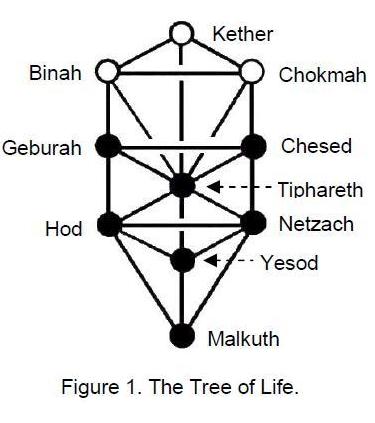
This article will prove that the five Platonic solids (called in mathematics the five ‘regular polyhedra’ because they are the only 3-dimensional shapes with equal sides) have far deeper significance than what hitherto has been known to mathematicians. It will show that their geometry is sacred in the above sense — that is, to say, not because God constructed the world out of these forms (as the ancient Greeks believed) but because they collectively embody the Divine blueprint underlying all levels of existence, including the physical universe.
1
